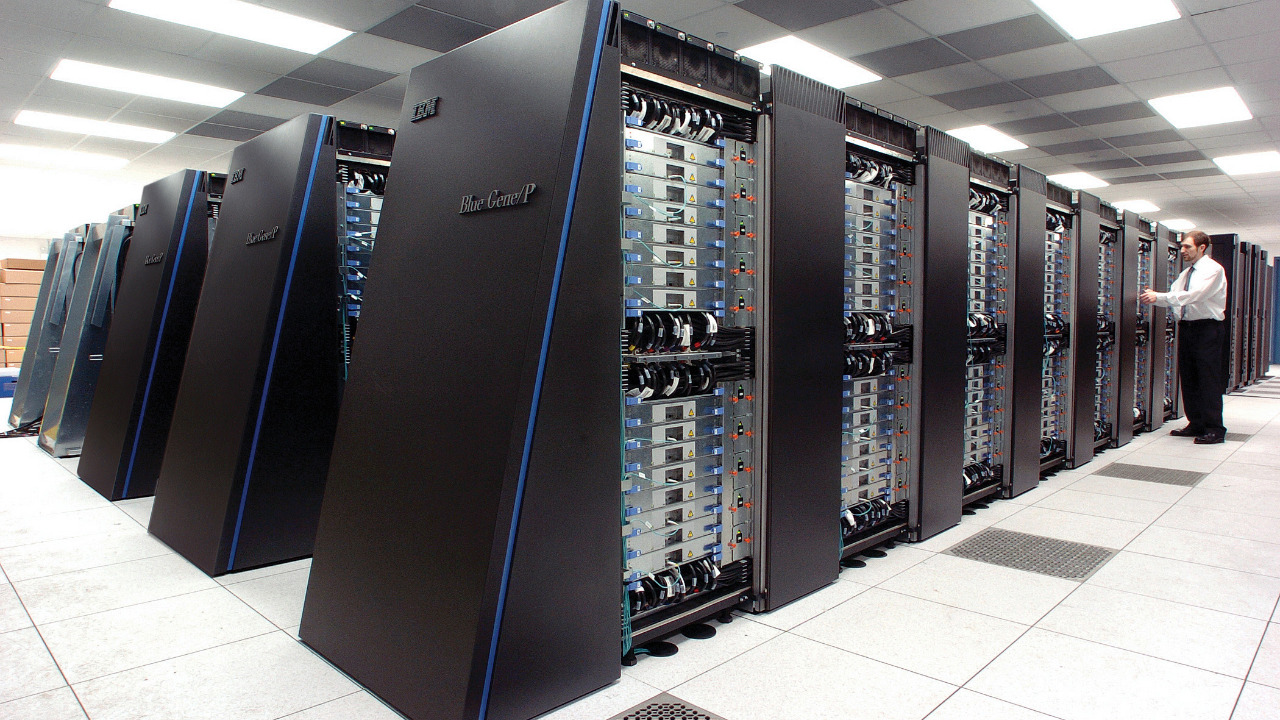
Researchers at Harvard University and QuEra Computing have achieved a significant milestone in quantum computing by demonstrating a quantum error correction method that uses 48 logical qubits. This method suppresses errors by a factor of 100 compared to physical qubits, reaching a threshold where logical error rates are exponentially suppressed as the qubit count increases. Published in Nature, this breakthrough could accelerate the timeline for practical quantum computing by years, according to Mikhail Lukin, the lead author and a Harvard physics professor.
The Core Innovation in Quantum Error Correction
The innovation centers around the use of a quantum low-density parity-check (qLDPC) code on a 48-qubit atomic array processor. This method encodes one logical qubit, with error rates dropping below physical rates as the system scales. The approach achieves a 100-fold reduction in errors by employing simultaneous syndrome measurements and real-time decoding, surpassing the performance of traditional surface code benchmarks in logical error suppression. This advancement is crucial as it demonstrates a practical pathway to reducing errors in quantum computations, a major hurdle in the field.
The system’s hardware-efficient design is another key aspect of this breakthrough. It leverages neutral atom qubits in optical tweezers, allowing for parallel operations without the need for additional physical qubits for measurement. This design not only enhances the efficiency of the quantum processor but also reduces the complexity and cost associated with scaling up quantum systems. The ability to perform parallel operations efficiently is a significant step toward making quantum computing more accessible and practical for a wide range of applications.
Experimental Setup and Key Results
The experiments were conducted using QuEra’s Aquila neutral-atom quantum computer, which features 48 qubits arranged in a two-dimensional array. This setup demonstrated the fidelity of logical qubits over extended cycles, a critical factor in ensuring the reliability of quantum computations. Error rates were measured at 0.2% per cycle for logical operations, with exponential suppression observed as the code distance increased from 3 to 7. These results highlight the potential of the qLDPC code to maintain low error rates even as the system scales, a promising development for the future of quantum computing.
Another notable aspect of the experimental setup was the implementation of real-time feedback loops capable of processing 800 MB/s of data. This capability allowed for cycle times under 1.7 microseconds for error decoding, demonstrating the system’s ability to handle large amounts of data quickly and efficiently. The speed and efficiency of these feedback loops are essential for practical quantum computing applications, where rapid data processing is often required.
Expert Perspectives on the Timeline Impact
Mikhail Lukin emphasized the significance of this breakthrough, stating, “This moves the timeline forward significantly.” He highlighted how the approach could enable fault-tolerant quantum computing with fewer than 1,000 physical qubits, a substantial reduction from previous estimates. This reduction in the number of required qubits could make quantum computing more feasible and accessible, accelerating its adoption across various industries.
Hartmut Neven, director of Google Quantum AI, noted the potential of this work to reduce qubit overhead by orders of magnitude compared to traditional methods. This reduction is critical for the scalability of quantum systems, as it addresses one of the main challenges in the field: the need for a large number of qubits to achieve reliable computations. By lowering the qubit overhead, this breakthrough could pave the way for more efficient and cost-effective quantum computing solutions.
Krysta Svore from Microsoft Quantum emphasized that qLDPC codes like this could slash resource requirements for scalable quantum algorithms by 100 times. This reduction in resource requirements is particularly important for the development of complex quantum algorithms, which often demand significant computational resources. By making these algorithms more resource-efficient, the breakthrough could expand the range of applications for quantum computing, from scientific research to commercial use.
Broader Implications for Quantum Applications
The implications of this breakthrough extend beyond the immediate improvements in error correction. It could enable practical simulations of complex molecules for drug discovery, reducing computational errors that previously required millions of qubits. This capability could revolutionize the pharmaceutical industry by allowing for more accurate and efficient drug development processes, ultimately leading to the discovery of new treatments and therapies.
Additionally, the breakthrough paves the way for error-corrected quantum advantage in optimization problems, potentially impacting sectors such as logistics and finance within the next 5 to 10 years. By improving the accuracy and efficiency of quantum computations, businesses in these sectors could optimize their operations, reduce costs, and enhance decision-making processes. The potential economic impact of these advancements is significant, as they could lead to increased competitiveness and innovation across various industries.
While challenges remain in scaling to 100+ logical qubits, the method’s compatibility with ion and superconducting platforms suggests broad adoption potential. This compatibility is crucial for the widespread implementation of the technology, as it allows for integration with existing quantum computing platforms. By facilitating broader adoption, the breakthrough could accelerate the development of a robust quantum computing ecosystem, driving further innovation and progress in the field.